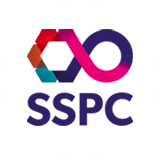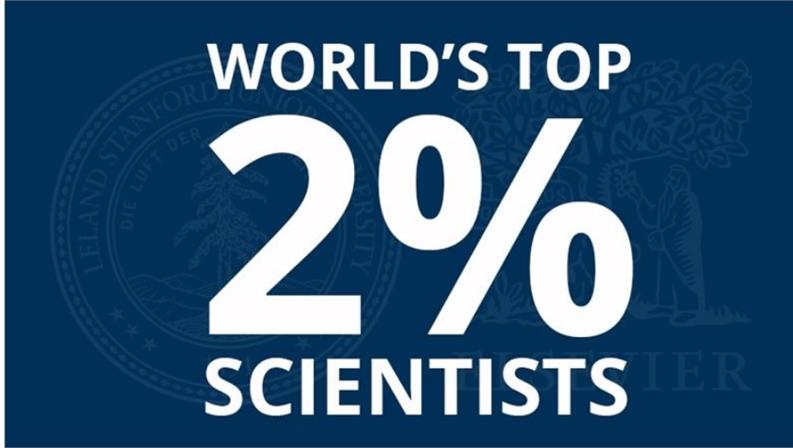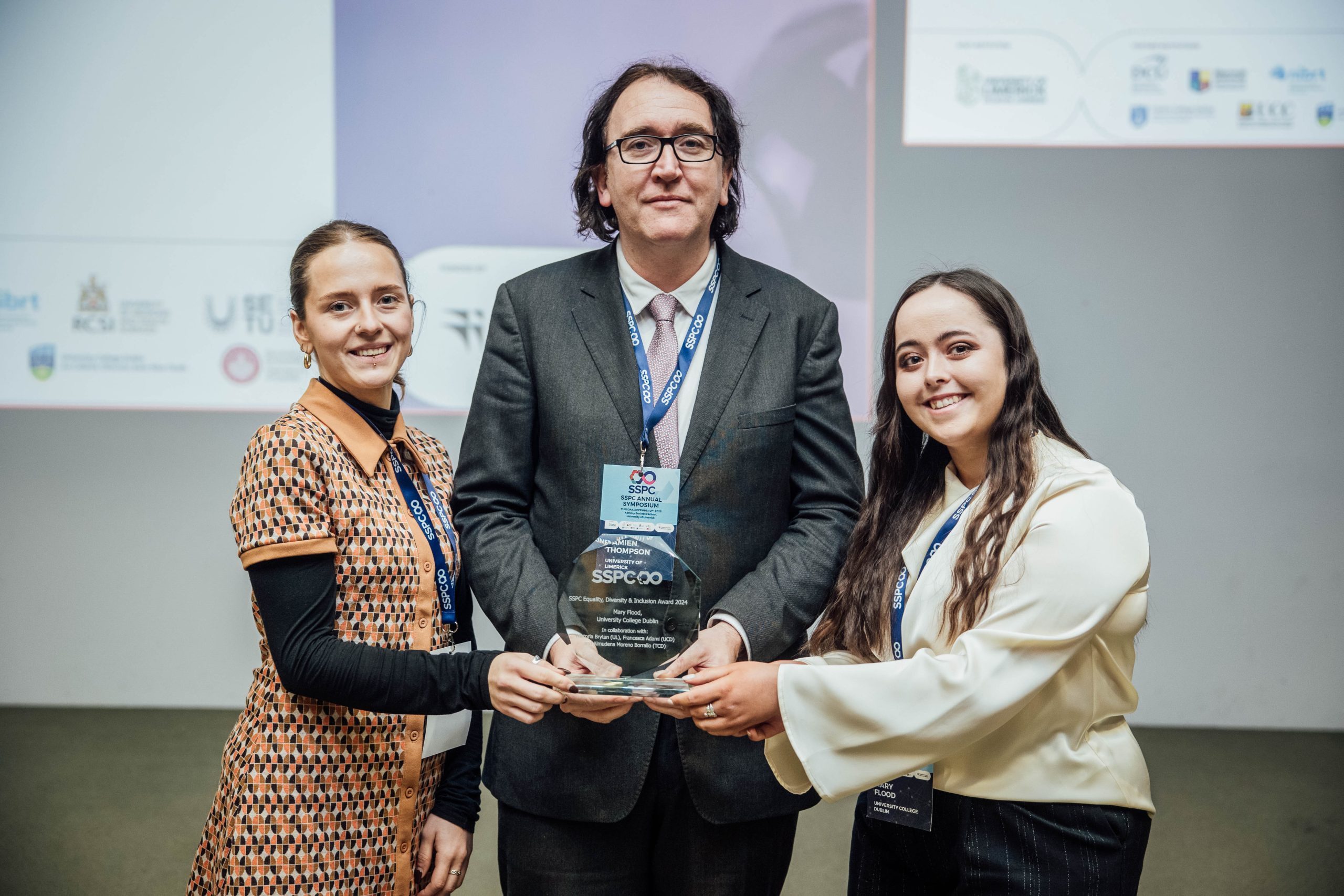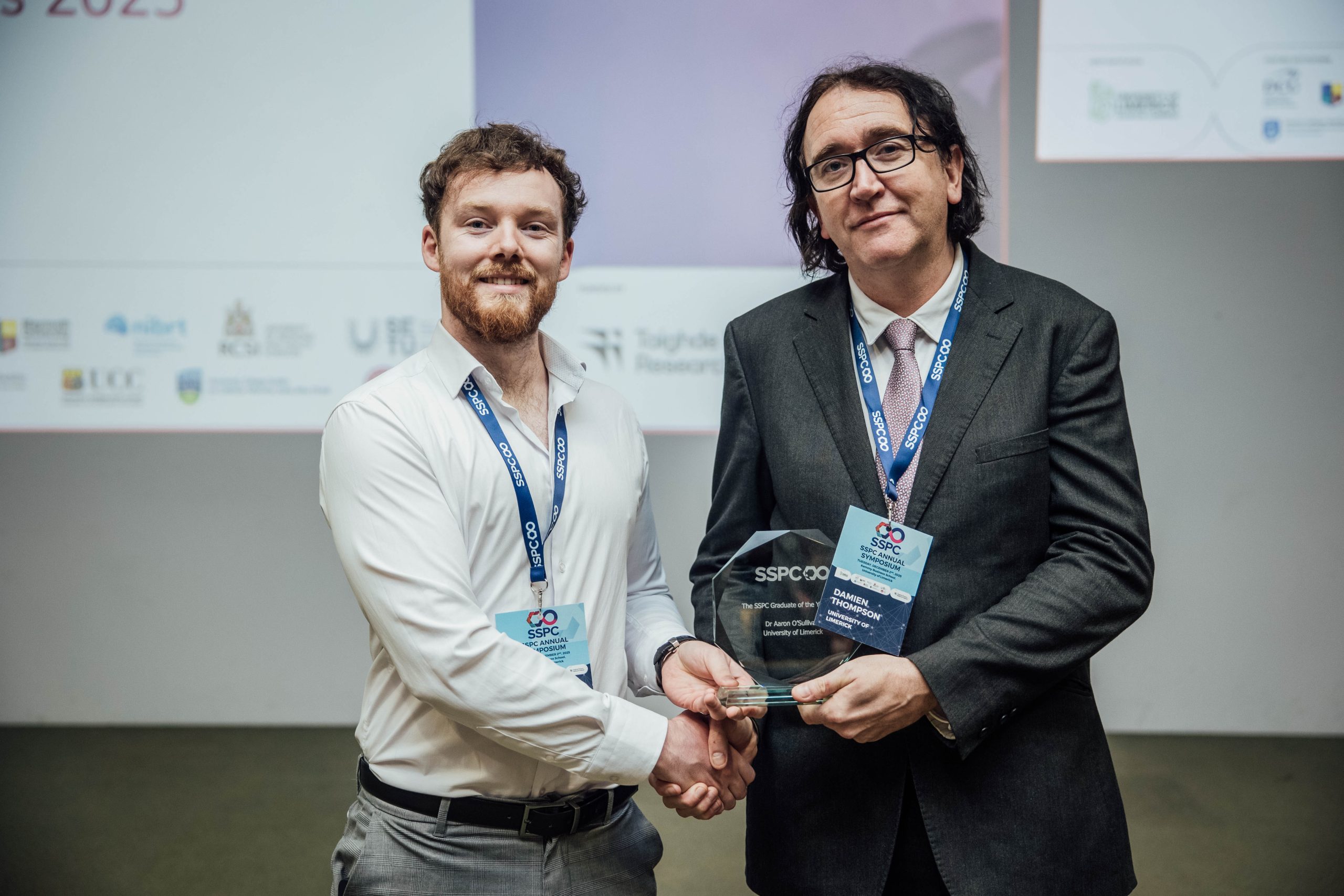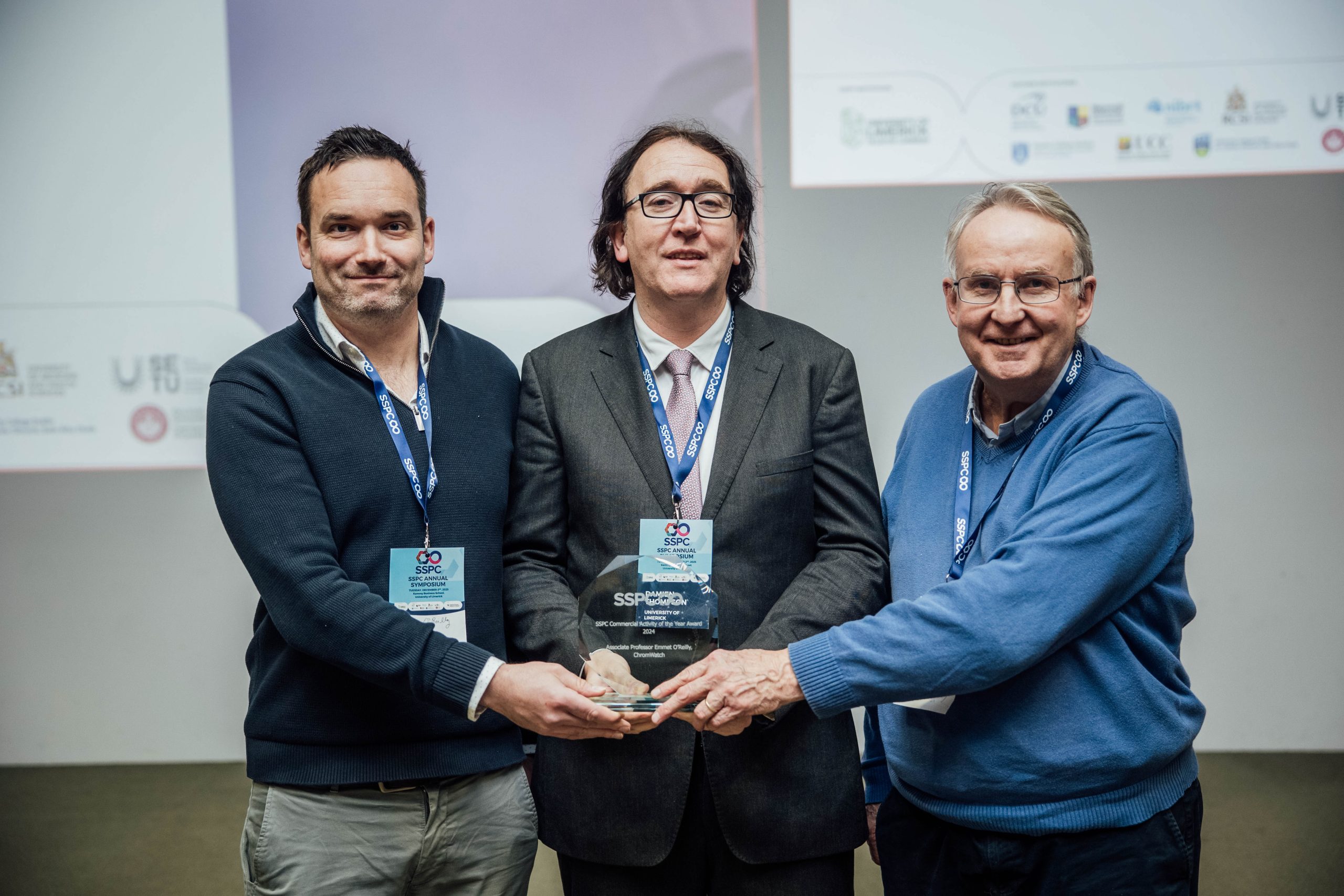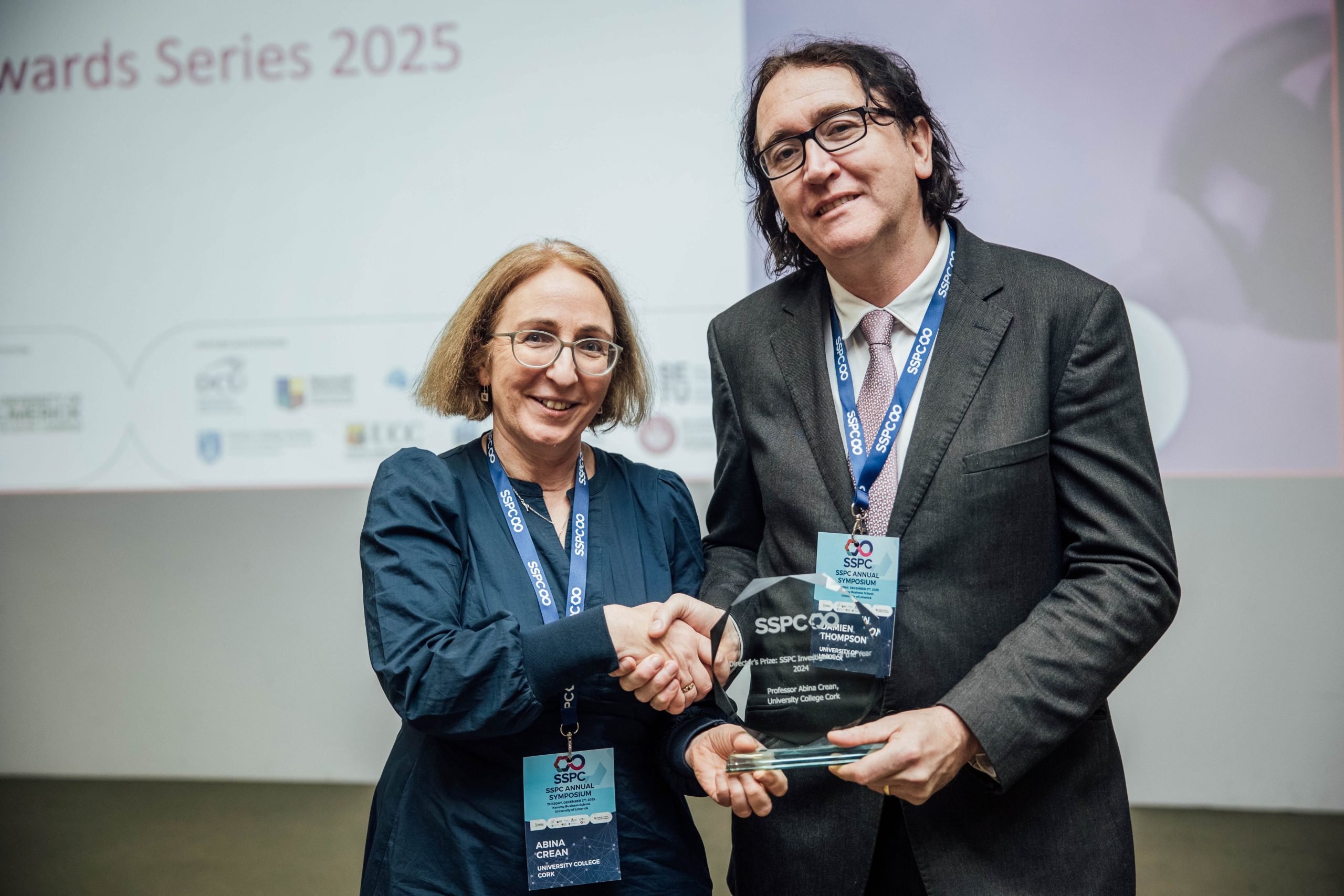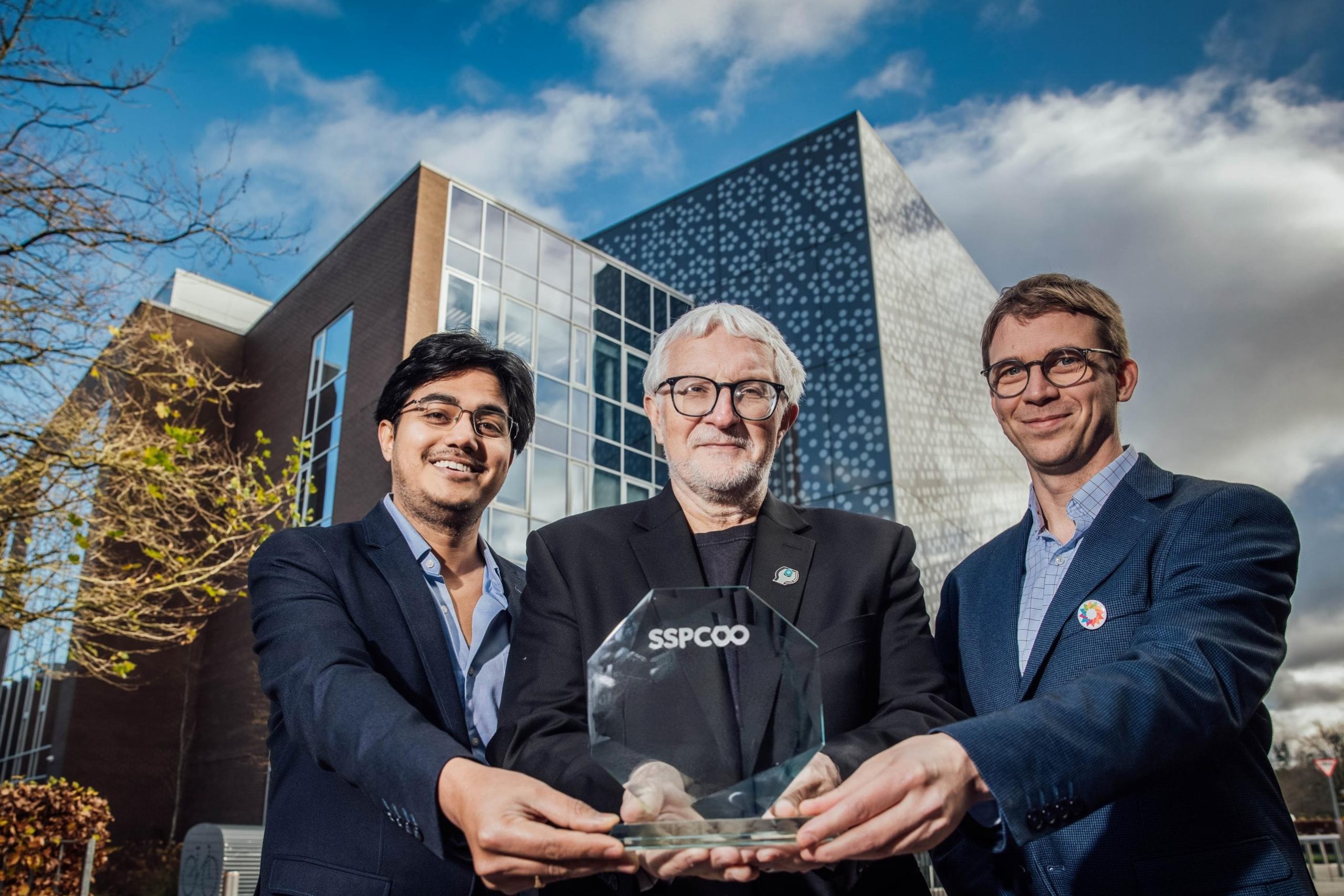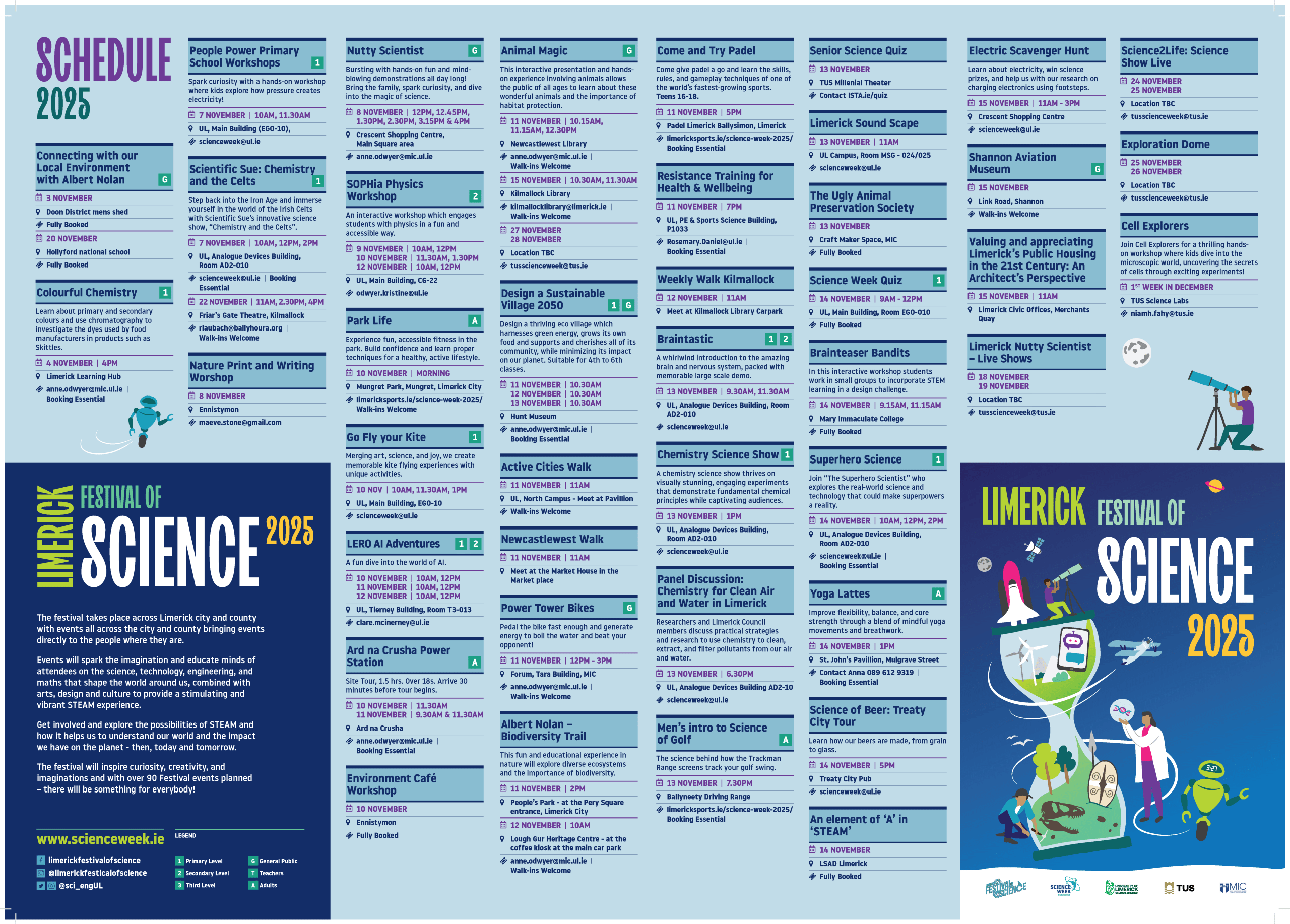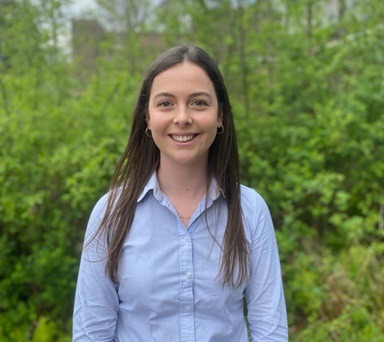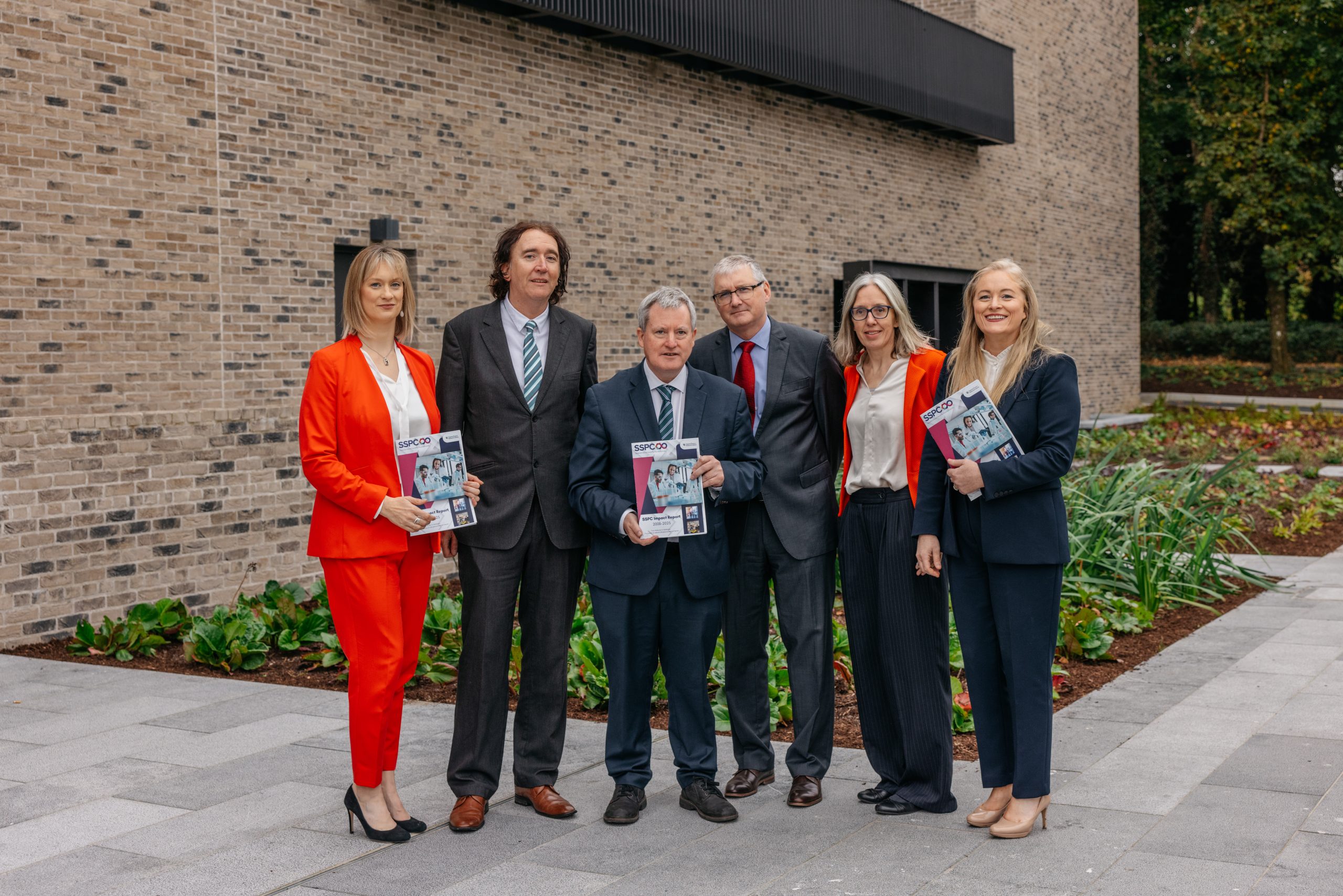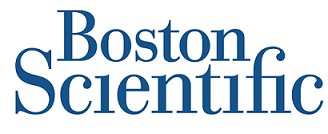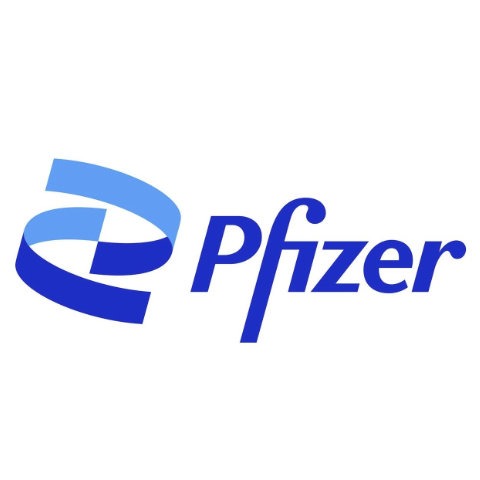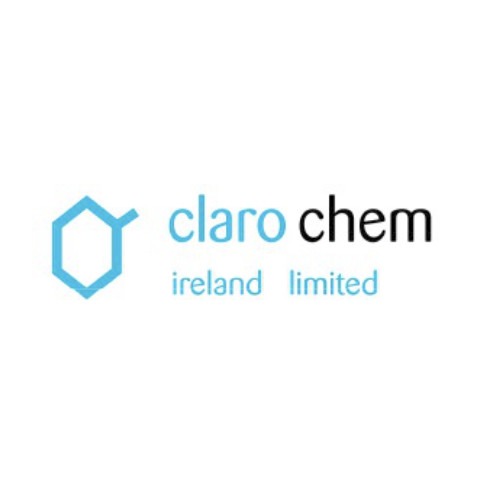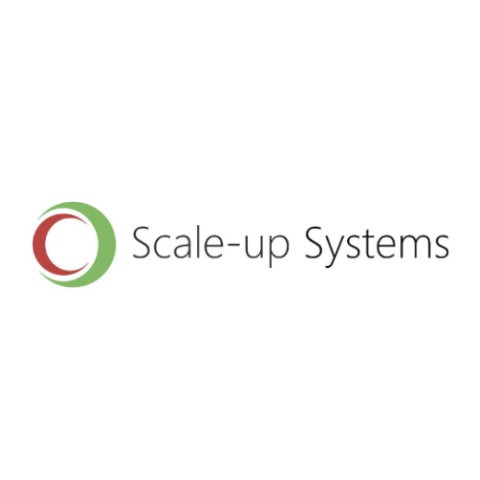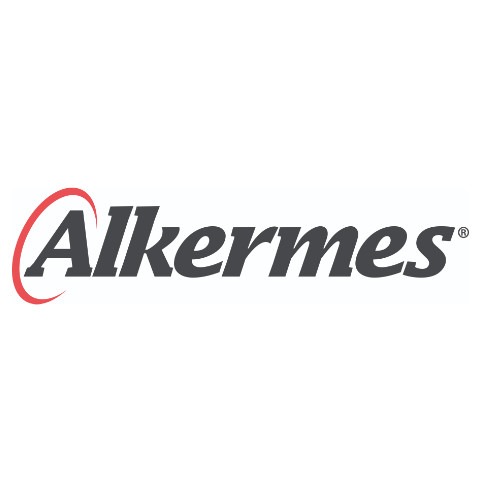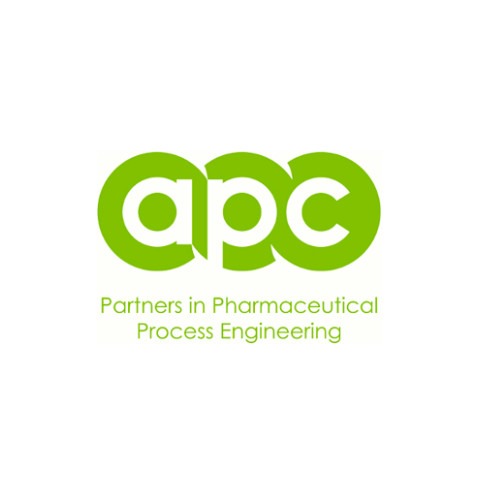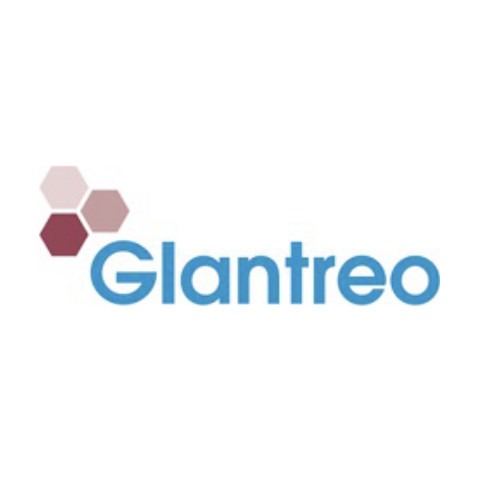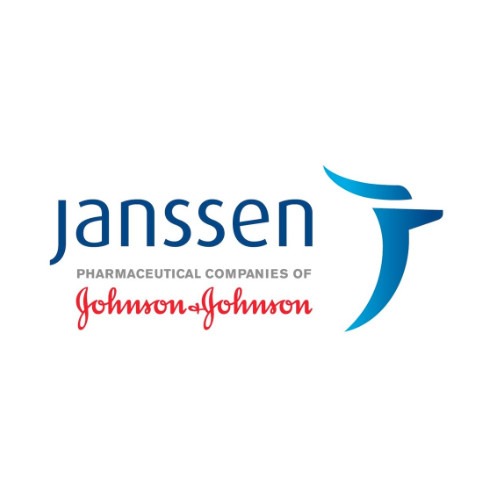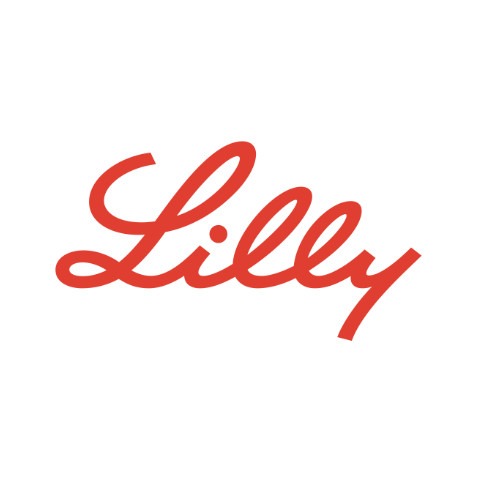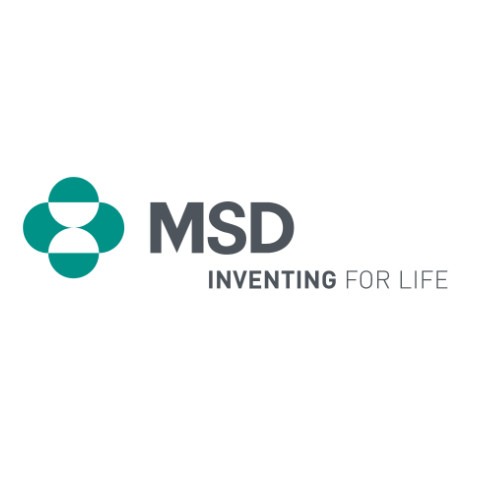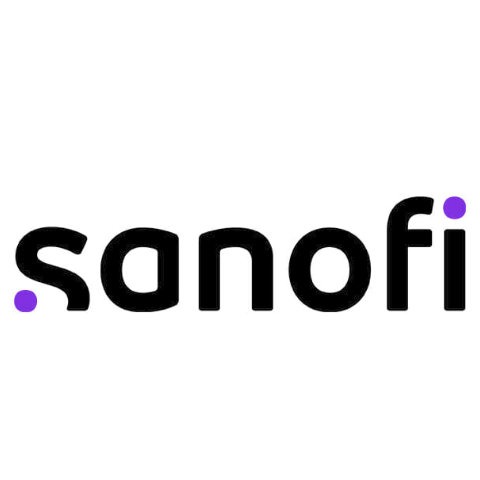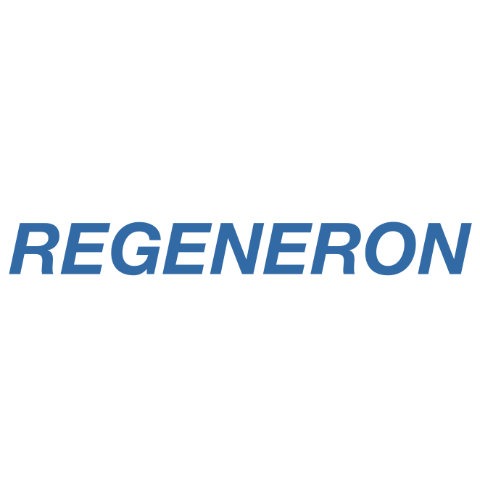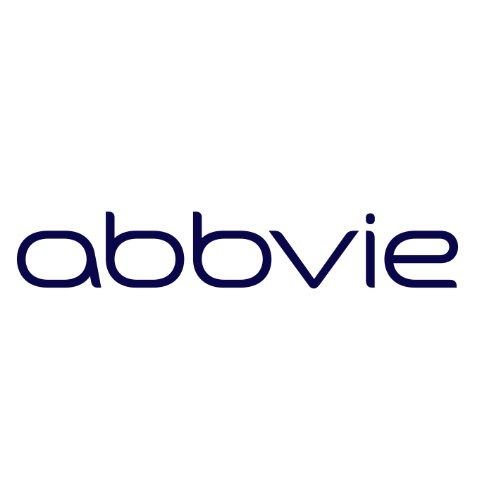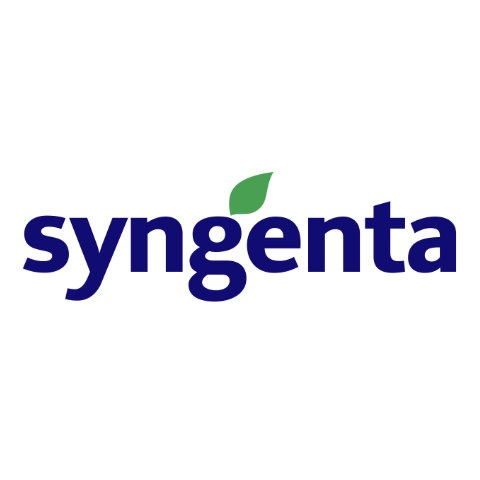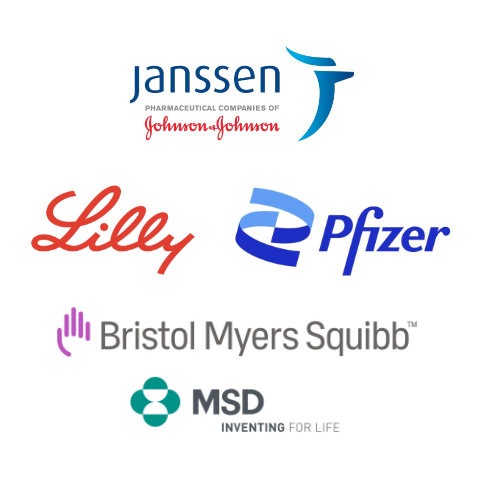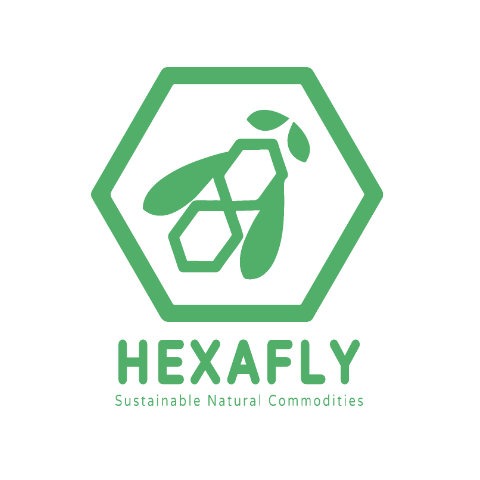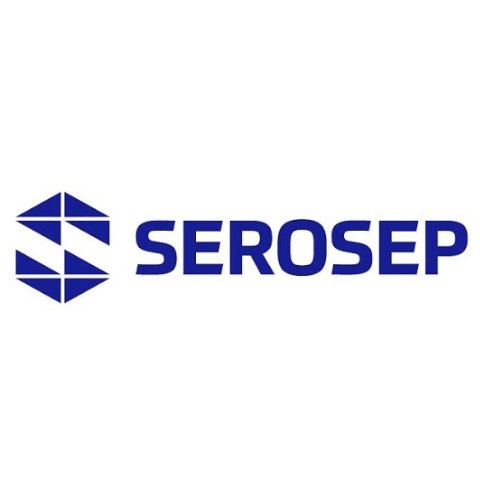This year, 25 SSPC researchers are recognised as leading experts in their fields in the rankings produced by Stanford University scientists in cooperation with publisher Elsevier and SciTech Strategies, based on Scopus data.
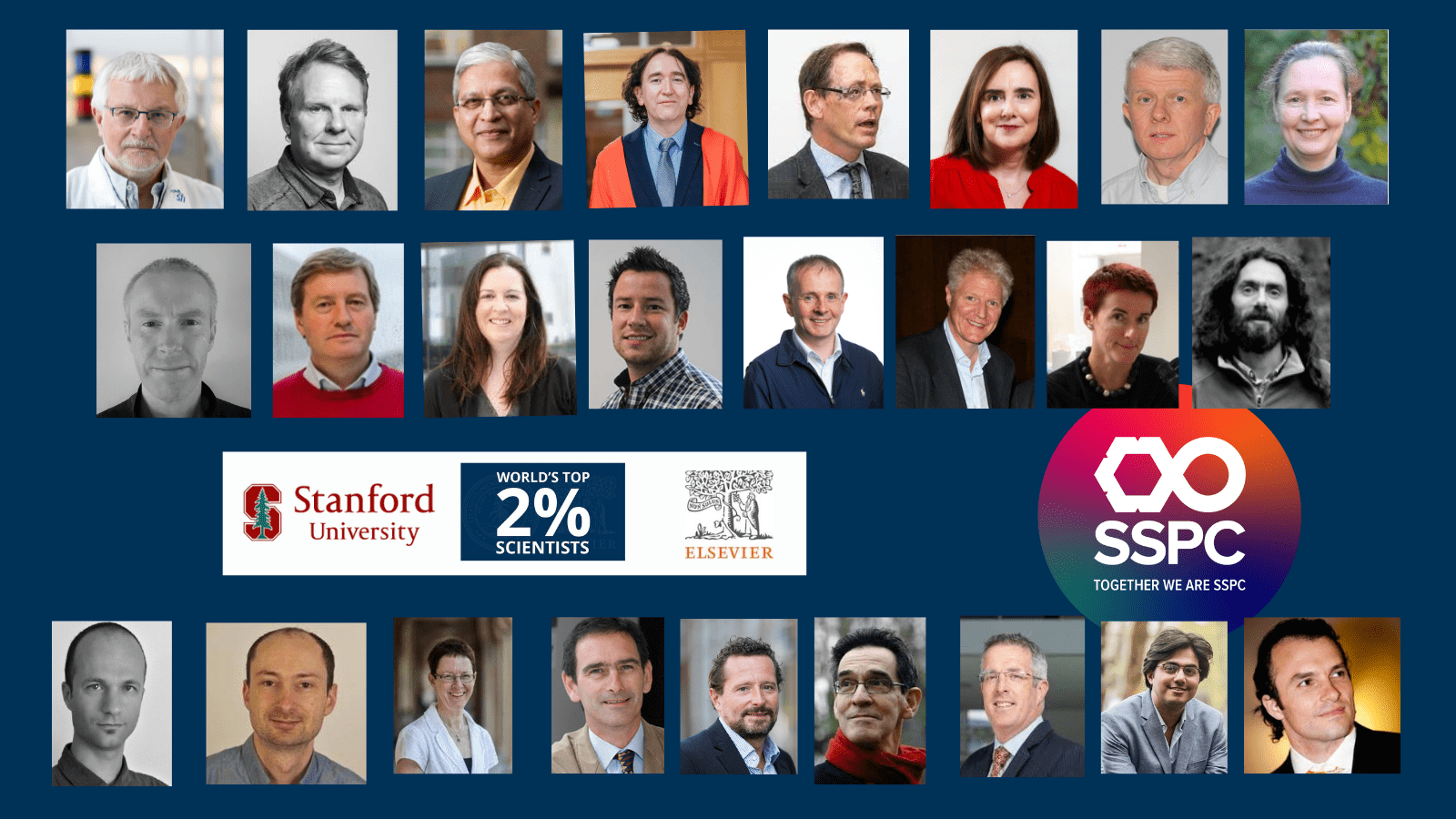
Elsevier/Stanford University have created a publicly available database of top-cited scientists that provides standardized information on citations, h-index, co-authorship adjusted hm-index, citations to papers in different authorship positions and a composite indicator (c-score).
Separate data are shown for career-long and, separately, for single recent year impact. Scientists are classified into 22 scientific fields and 174 sub-fields to ensure fair and comprehensive representation.
Researchers are across 8 of our institutional partners:
- University of Limerick (UL)
- Trinity College Dublin (TCD)
- Royal College of Surgeons in Ireland (RCSI)
- Dublin City University (DCU)
- University College Dublin (UCD)
- Maynooth University (MU)
- University of Galway
- University College Cork (UCC)
Scientific achievements from the beginning of their scientific career until the end of 2024
- Professor Mike Zaworotko, UL, Field: Organic Chemistry. Subfiields: Inorganic & Nuclear Chemistry
- Professor Thorfinnur Gunnlaugsson, TCD, Field: Organic Chemistry. Subfields: Inorganic & Nuclear Chemistry, Chemistry
- Professor Vivek Ranade, UL, Field: Chemical Engineering. Subfields: Organic Chemistry, Engineering.
- Professor Damien Thompson, UL, Field: Nanoscience & Nanotechnology. Subfields: Chemical Physics, Enabling & Strategic Technologies
- Professor Harry Van den Akker, UL, Field: Chemical Engineering. Subfields: Mechanical Engineering & Transports, Engineering
- Professor Edmond Magner, UL, Field: Energy. Subfield: Chemistry
- Professor Pat Guiry, UCD, Field: Organic Chemistry. Subfields: Clinical Chemistry, General Chemistry
- Professor Paul Murphy, University of Galway, Field: Organic Chemistry. Subfields: Medicinal & Biomolecular Chemistry, Chemistry
- Professor Marcus Baumann, UCD, Field: Organic Chemistry. Subfield: General Chemistry, Chemistry
- Dr Tim Persoons, TCD, Field: Mechanical Engineering & Transports. Subfields: Nuclear & Particle Physics, Engineering
- Professor Declan Gilheany, UCD, Field: Organic Chemistry. Subfields: General, Chemistry
- Professor Gavin Walker, UL, Field: Chemical Engineering. Subfields: Pharmacology & Pharmacy, Engineering
- Professor Kevin Kavanagh, MU, Field: Inorganic & Nuclear Chemistry. Subfields: Microbiology, Biomedical Research
- Professor Caitriona O’Driscoll, UCC, Field: Pharmacology & Pharmacy. Subfields: Chemistry, Nanoscience & Nanotechnology, Clinical Medicine, Biomedical Research
- Associate Prof. Andrea Erxleben, University of Galway, Field: Pharmacology & Pharmacy. Subfield: Chemistry
- Professor Stephen Connon, TCD, Field: Chemistry. Subfields: Organic Chemistry, General Chemistry
- Professor Anne Marie Healy, TCD, Field: Pharmacology & Pharmacy. Subfield: Respiratory System, Clinical Medicine
- Professor Peter Crowley, University of Galway. Field: Organic Chemistry. Subfield: Biochemistry & Molecular Biology, Chemistry
- Professor Alan Dobson, UCC, Field: Microbiology. Subfield: Biotechnology, Biomedical Researc
- Professor Brendan Griffin, UL, Field: Pharmacology & Pharmacy. Subfield: Biotechnology, Clinical Medicine
- Associate Professor Rob Elmes, MU, Field: Organic. Subfield: General Chemistry, Chemistry
- Associate Professor Paula Meleady, DCU, Field: Biochemistry & Molecular Biology. Subfield: Biotechnology, Biomedical Research
- Associate Prof. Luis Padrela, UL, Field: Pharmacology & Pharmacy. Subfield: Chemical Engineering, Clinical Medicine
- Associate Prof. Soumya Mukherjee, UL, Field: Organic. Subfield: Inorganic Chemistry
- Professor Merrily Goos, UL, Field: Education. Subfield: Business & Management
The Stanford/Elsevier list of top scientists for 2025 is based on citations from 2024, and uses metrics like h-index, co-authorship adjustments, and a composite citation score (c-score), which reflects a scientist’s influence rather than just their publication count
The full list of the most-cited scientists in the world can be accessed from the Elsevier Data Repository.
